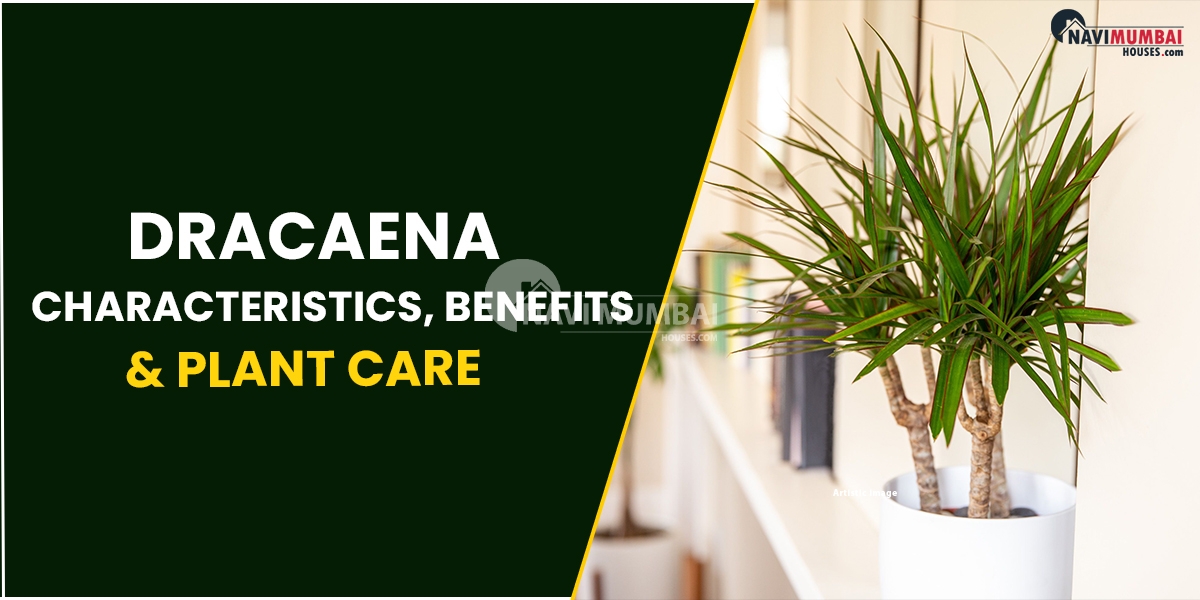
- September 8, 2022
- News
Dracaena : Characteristics, Benefits & Plant Care
Dracaena makes an excellent houseplant for tropical climates. If you want to grow the dracaena plant at home, you should read this plant care and maintenance guide. Continue reading to learn about the various types of Dracaena plants.
Because of its easy care, long, attractive, and colourful leaves, and availability of multiple varieties, including the lucky bamboo plant, Dracaena is a popular houseplant and the preferred choice for most homeowners. Tropical flowering plant in the Asparagus (Asparagaceae) family, which includes nearly 120 tree and succulent shrub species. Interestingly, the name dracaena is derive from the ancient Greek word drakaina, which means “female dragon.”
Are you looking flat for sale in kharghar?
Dracaena: Quick facts
|
Plant name |
Dracaena |
|
Botanical name |
Dracaena |
|
Family |
Asparagaceae |
|
Found in |
Africa, tropical central America, southern Asia, Australia |
|
Flower |
White flowers |
|
Foliage |
Variety of colours – blue/green, gold, grey or silver, purple or burgundy |
|
Benefits |
Purifies air and is said to be a good luck plant that brings positive energies |
- The plant is indigenous to Africa. Some of these species can be found in South and Central America. The majority of dracaena species can also be found in southern Asia and northern Australia.
- In its natural tropical habitat, the plant can reach a height of 20 feet. The houseplant varieties, on the other hand, can grow up to eight feet tall.
- When grown outdoors, the dracaena plant produces yellowish-white flowers and, later, berries.
- The growing season lasts from spring to autumn.
- Dracaena house plants typically have spear-like or grass-like leaves that sprout from one or more stems. These stems thicken over time.
Dracaena houseplant varieties
The dracaena class includes over 100 different species of varying sizes.
Dracaena species are divided into two groups base on their size:
- Dracaenas that look like trees, such as Dracaena fragrans, Dracaena draco, and Dracaena cinnabari. Above-ground stems branch out from nodes after flowering or when the growth tip is severed in these varieties.
- Dracaenas with rhizomatous roots, such as Dracaena trifasciata and Dracaena angolensis. These varieties have underground rhizomes and surface leaves that are strap-like or cylindrical.
Dracaena Varieties
Dracaena fragrans is a type of corn plant.
They have strap-like leaves and thick woody stems that form a fountain-like cluster. These varieties can reach six feet in pots and more than twenty feet in the open.
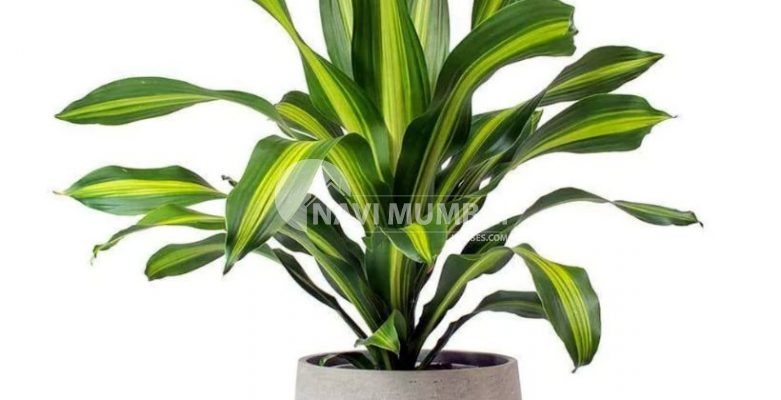
Dragon tree
This dracaena has thin, grass-like leaves on numerous thick stems.

Lucky bamboo
This Popular houseplant that can be grown to form curled stems by changing the direction of sunlight. The plant can be kept to a few inches in height or allow to grow to several feet in height.
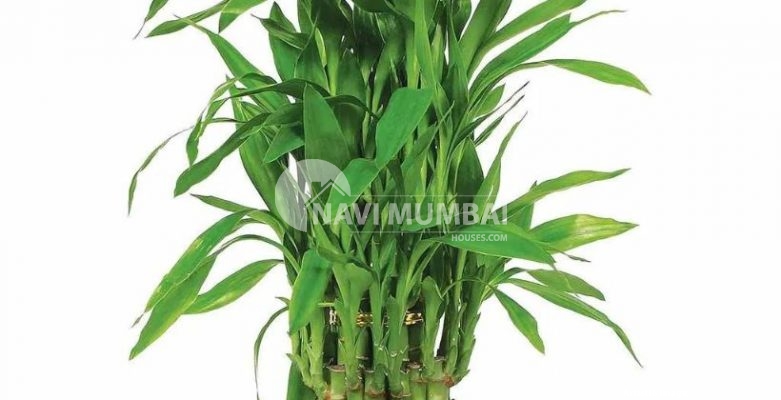
Deremensis Dracaena
When grown outdoors, these plants grow to be quite large.
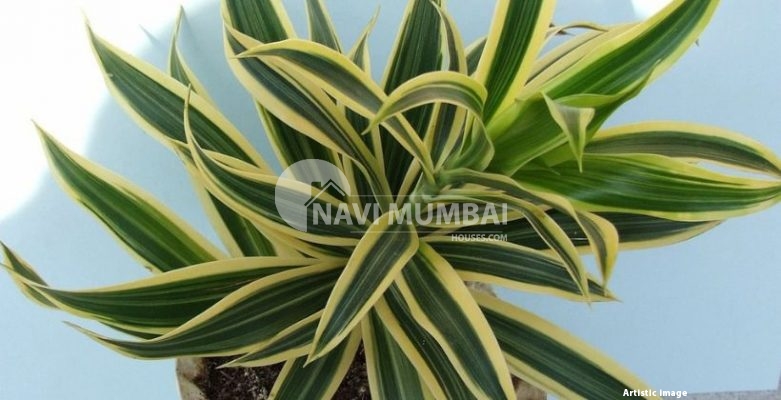
Cabbage tree (Cordyline fruticosa)
Ti tree or Ti plant are other names for Cordyline fruticosa. This Variety has a palm-like appearance. It has thick, strappy leaves that form a fountain-like cluster on a thin woody stem. The spear-like leaves are multicoloure and bend from the plant’s base.

Australis Cordyline (Cabbage palm)
This variety, also known as dracaena, grows as a large tree in its native environment. Immature plant varieties, also known as dracaena spikes, are grown as houseplants. The plant is made up of thin, coloure, grass-like leaves that form an arch-like or fountain-life arrangement.
Plant advantages
Good luck: The dracaena sanderiana variety, also known as lucky bamboo, is thought to bring good fortune, wealth, and prosperity to a home. According to Feng Shui and Vastu Shastra, placing the plant increases the flow of positive energies.
Indoor plant that aids in the reduction of indoor pollution.
Increase humidity: The plant emits water vapour, which raises moisture levels in the air, reducing dry air conditions.
Indoor plants with ornamental purposes help to beautify home interiors. You can keep them inside, on the patio, or in the garden.
Low upkeep: Plant varieties are simple to grow with moderate watering and sunlight.
How Should It Be Care For?
Soil
Soil The plants thrive in regular commercial potting soil in large, well-draining containers. Can be grown in a peat-base commercial potting mix with a slight acidity. If you are cultivating plants in tropical landscape areas, choose rich, well-drained gardening soil.
Fertiliser
Choose a water-soluble houseplant fertiliser and apply it once a month during the growing season. Feeding should be avoided when plant growth slows in another season.
Repotting
Repot the plant into a larger container than the one it is currently in. Repotting is require if the plant begins to lift up or roots emerge through the drainage holes.
Pruning
Pruning can be use to keep dracaena plants in the desire shape and height. It must, however, be done during the active growth season. Dead or yellowish leaves should be remove on a regular basis.
Plants require bright but indirect light. For a short time, they can withstand direct sunlight.
Humidity
Prefers tropical climates with high humidity levels. As a result, growing plants indoors may present challenges, particularly during the dry winter season. To combat dry air, you can use a room humidifier.
Temperature
Temperature The ideal temperature for most dracaena species is between 21 and 26 degrees Celsius (70 to 80 degrees Fahrenheit). Avoid being expose to temperatures below 10 degrees Celsius (50 degrees Fahrenheit).
Watering
During the growing season, the plant must be kept moist. Allow the plant to dry out during the winter months to avoid damage. Water the plant once a week and allow the excess water to drain. You can do this by placing the container on a tray or a basin. Winter watering should be done sparingly, once every two weeks.
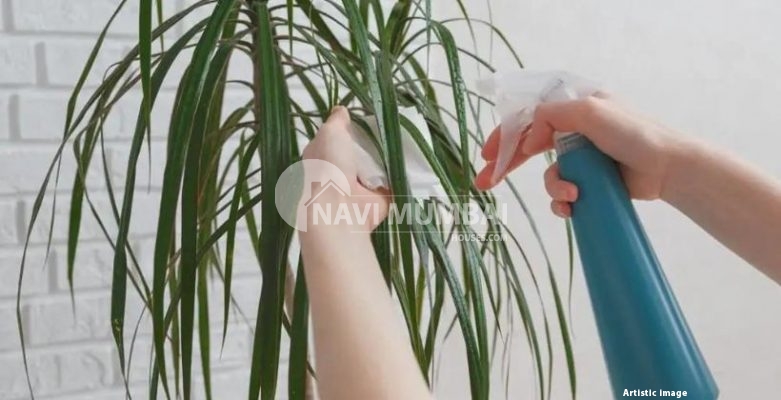
You’re looking for Buy Home In Navi Mumbai we have the Best Buy Properties In Navi Mumbai Like Ready to Move & Nearby possession: https://navimumbaihouses.com/property/search/buy/navi-mumbai-all/
If you want daily property update details please follow us on Facebook Page / YouTube Channel / Twitter

